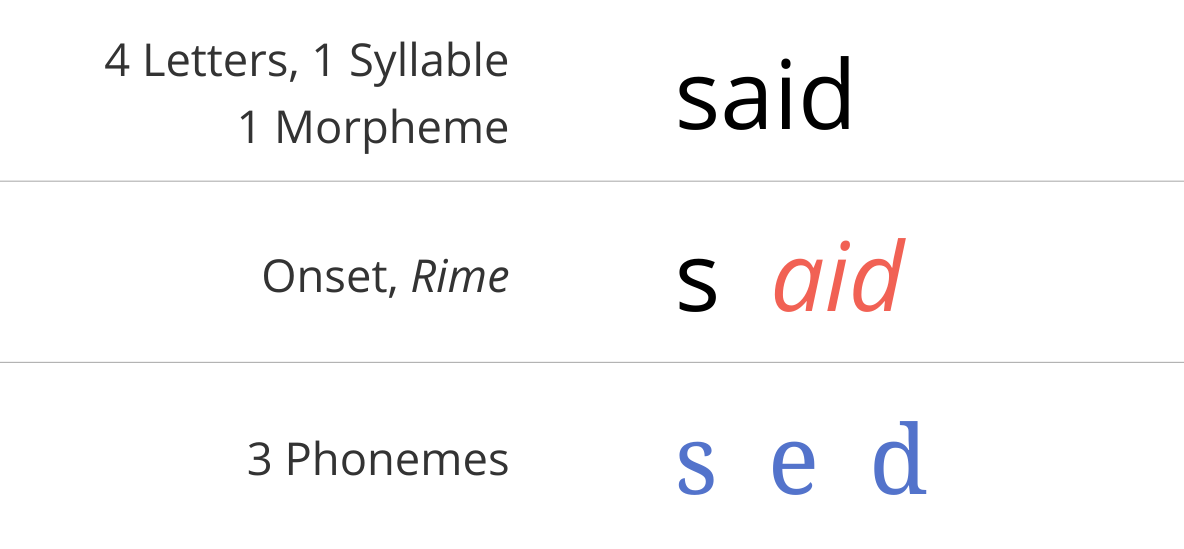Michael Hartney, Vladimir Kogan
The belief that schools are chronically underfunded isn’t limited to Newton. According to a survey one of us conducted during the 2022 Cooperative Election Study, fewer than one in three Americans knows that the federal government sent hundreds of billions in emergency pandemic aid to the nation’s schools, a historic funding boost. (This does not include additional funding from state governments, which were rolling in money from their own pandemic bailouts.) In fact, one in five voters thinks that Uncle Sam cuteducation spending during the pandemic. This misimpression enabled the NTA to build popular support for its strikes with parents and other community members, and teachers’ unions around the country likely will rely on such ignorance in contract negotiations this summer, with the last of the pandemic-era federal aid running out in September.
In this environment, Newton’s experience may be a preview of broader labor unrest to come. Schools’ financial woes present fertile ground for union mobilization and electioneering. Public schools hemorrhaged students during the pandemic, which accelerated the enrollment declines that were already under way due to a shrinking school-aged population. Federal money allowed districts to backfill emerging budget holes and put off fraught but necessary right-sizing decisions. As that money expires, districts will be forced to confront these realities.
School-district leaders are about to find themselves in an unenviable position. Federal money is drying up. Student enrollment is declining. And unions have a history of arguing that any resulting budgetary adjustments are evidence of underfunded public education and justify teachers’ strikes. But fiscal and enrollment realities will not change, nor will the academic needs of students still reeling from pandemic learning loss.
